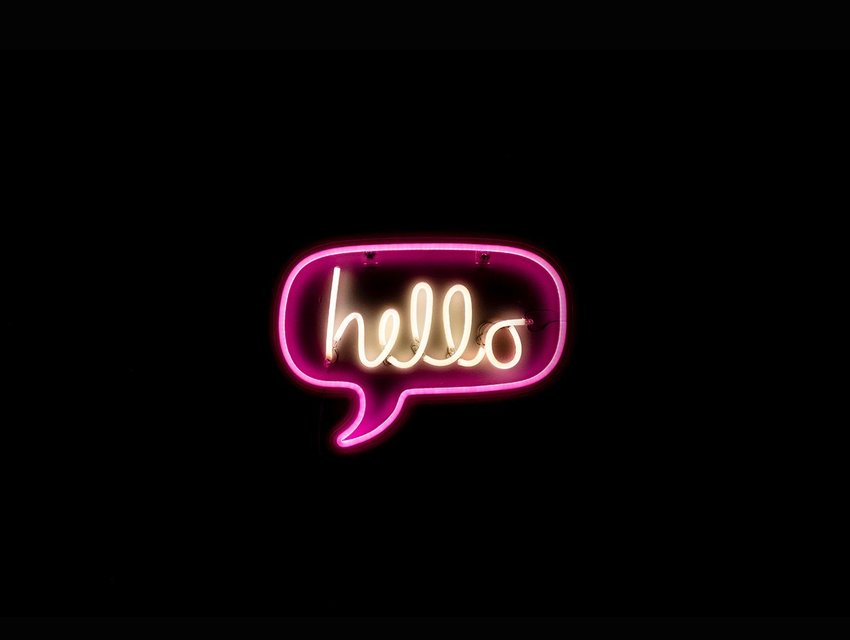As more people are transitioning to working remote and using digital communication, the nuances of online messaging are especially important to master. For example, did you know that a period at the end of a text is practically an insult?
Email etiquette isn't tricky to master if you’re sending messages to your friends, but what about to your boss or a hiring manager? The rules of formal letter writing aren't law and Twitter often isn't enough to get your message across. Here's how to start and end your emails like a pro and make the right impression.
The salutation
Don’t underestimate the importance of a strong introduction. After all, it’s your first impression and you want to get it right. You don’t always have to sound formal, but make sure you analyze the situation before you dive in.
Drop “Dear” from your email vocabulary. If you have your recipient's email address, you likely know their name. You can start with “Hello Janet,” (if the person’s name is Janet) or “Good morning, Mr./Mrs./Ms.” However, if you’re a job seeker reaching out to an HR department, steer clear of using, “To Whom It May Concern.” If you can’t find a name, it’s okay to start with a simple “Hello.” Although a professional email is still more casual than a letter, it's still important to be respectful.
The complimentary close
Writing a complimentary close or valediction is where a lot of people struggle. Formal letter writing includes closings such as “Sincerely,” “Cordially,” and “Kind Regards,” but email is a little different.
Your valediction, much like your salutation, depends on what you want to convey to your recipient, but you don't need to be as fancy as you would in a letter. Your closing is more stylized than your salutation and it says more about you. For example, “Best wishes,” sounds warmer than “Sincerely," in an email — even if both are forms of formal goodbyes.
If you’re talking to someone you know, they might not care about how you sign off. Some people simply use their names to communicate with friends or family, while others type the last sentence of their message and press send. This is fine, but it’s not an ideal tactic to use with potential employers. A simple “Thanks,” or “Best,” above your signature will get the job done.
Does it really matter?
The short answer is yes. While you have a chance to make an impression in the body of your email, many people pay attention to how you open and close your email too. It represents your communication ability and professionalism. You want to send the right message to no matter whom you’re talking to.
Your opening and closing also show your relationship to the person you’re communicating with whether it’s casual or professional. If you want to show someone you care, address them like you do.
Photo Credit: Drew Beamer/ Unsplash

